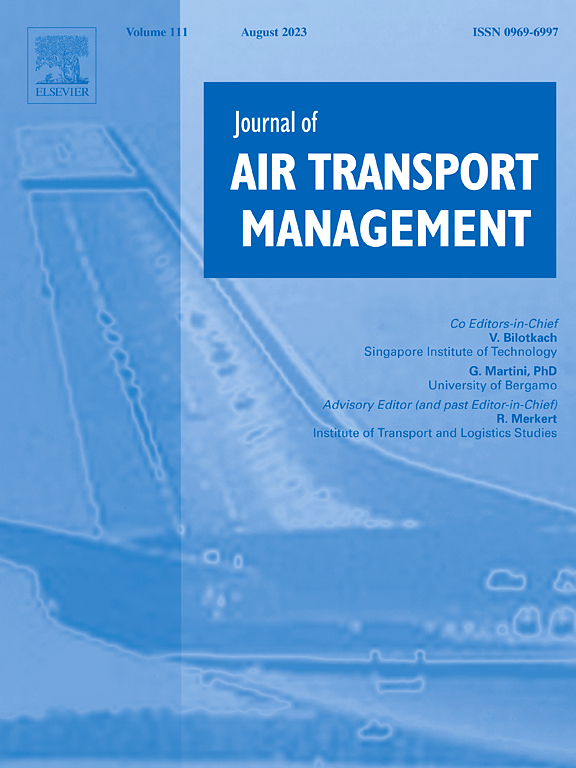中国通用航空危害成因的循证分析
IF 3.6
2区 工程技术
Q2 TRANSPORTATION
引用次数: 0
摘要
通航企业危害管理能力不足,导致安全事故频发,行业陷入持续的安全困境。因此,加强危险识别和控制对于改善目前不稳定的安全状况至关重要。本文提出了一种基于证据的分析方法,综合人力、技术、环境和管理领域的因素,系统地研究通用航空的危害原因。利用事故链理论,建立了基于风险系数的优化模型,在HOP-HFACS模型的基础上,构建了EBAS-HO框架下的循证风险追踪方法。运用灰色关联分析和结构熵理论对灾害相互作用和系统结构进行评价。结果。对43起事故案例的分析确定了6个关键危害因素:安全生产成本、人为错误、职业因素、应急准备、技术安全措施和环境条件。此外,违规行为是将其他变量与事故发生联系起来的重要中介因素。对比模型评估表明,提出的EBAS-HO框架在准确性、结构和预测能力方面优于传统的HFACS。与传统的危害识别方法相比,基于证据的追踪和控制的整合提高了系统危害的可见性和可追溯性,从而实现更有针对性的安全干预。这种方法大大提高了通用航空部门的危害治理和安全管理能力。本文章由计算机程序翻译,如有差异,请以英文原文为准。
Evidence-based analysis on the hazard causation of general aviation in China
The insufficient hazard management capacity of general aviation enterprises has led to frequent safety incidents and placed the industry in a persistent safety dilemma. Enhancing hazard identification and control is therefore critical to improving the current unstable safety situation. This paper proposes an evidence-based analytical approach to systematically examine hazard causation in general aviation, integrating factors across human, technical, environmental, and managerial domains. Drawing on accident chain theory, a risk coefficient-based optimization model is developed, and an evidence-based hazard tracing method is constructed within the EBAS-HO framework, which builds upon and improves the HOP-HFACS model. Grey Relational Analysis and structural entropy theory are employed to assess hazard interactions and system structure. Results. The analysis of 43 accident cases identifies six key hazard factors: safety production cost, human error, occupational factors, emergency preparedness, technical safety measures, and environmental conditions. In addition, violations behavior serves as a critical mediating factor linking other variables to accident occurrence. Comparative model evaluation demonstrates that the proposed EBAS-HO framework outperforms traditional HFACS in terms of accuracy, structure, and predictive capability. Compared to conventional hazard identification approaches, the integration of evidence-based tracing and control enhances the visibility and traceability of system hazards, enabling more targeted safety interventions. This approach substantially improves hazard governance and safety management capacity in the general aviation sector.
求助全文
通过发布文献求助,成功后即可免费获取论文全文。
去求助
来源期刊

Journal of Air Transport Management
TRANSPORTATION-
CiteScore
12.40
自引率
11.70%
发文量
97
期刊介绍:
The Journal of Air Transport Management (JATM) sets out to address, through high quality research articles and authoritative commentary, the major economic, management and policy issues facing the air transport industry today. It offers practitioners and academics an international and dynamic forum for analysis and discussion of these issues, linking research and practice and stimulating interaction between the two. The refereed papers in the journal cover all the major sectors of the industry (airlines, airports, air traffic management) as well as related areas such as tourism management and logistics. Papers are blind reviewed, normally by two referees, chosen for their specialist knowledge. The journal provides independent, original and rigorous analysis in the areas of: • Policy, regulation and law • Strategy • Operations • Marketing • Economics and finance • Sustainability
 求助内容:
求助内容: 应助结果提醒方式:
应助结果提醒方式:


